There are plenty of articles out there detailing tips and tricks for paying as little as possible, from the getting the best price on appliances to finding the lowest price on airfare. But there are many items and services for which it’s better not to try to maximize your savings.
Sometimes, paying the absolute minimum costs more in the long run. It may even have disastrous consequences. Here are eight things you shouldn’t skimp on.
Products
There’s a difference between getting a great deal on a product and buying the cheapest option out there to save money. The former is a smart way to save on a necessary expense, while the latter is a great way to waste money on a crappy product you’ll have to replace soon when it breaks or stops working.
When it comes to buying products, in some categories, it can be ill-advised or downright dangerous to pick the lowest-cost product or buy something used rather than new. For example, picking the cheapest paint can have you shelling out extra for primer, doing multiple coats to get good coverage, and feeling lightheaded or sick due to paints that aren’t low- or no-fumes.
Here are some other products that you shouldn’t skimp on, for their quality and your safety.
1. Child Safety Seats
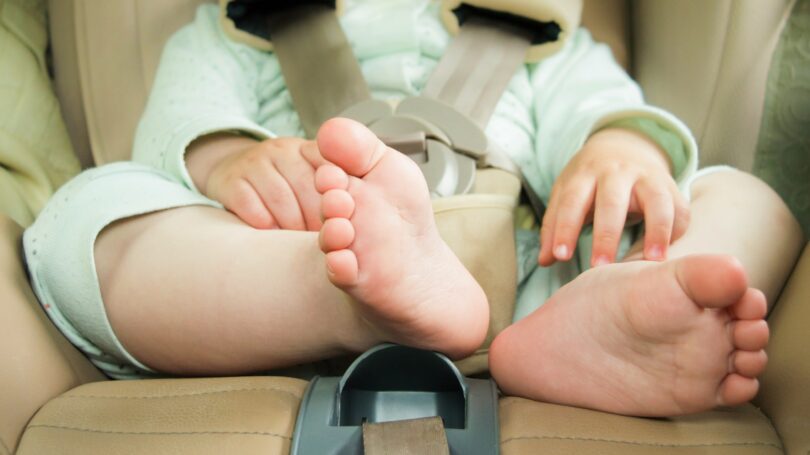
If you have a child, you probably have a child safety seat or two sitting in your car or garage. The National Highway Traffic Safety Administration estimates that in car accidents, safety seats reduce the instance of a fatal injury by 71% for children under 1 year old. It goes without saying that child safety seats are a must for anyone with a kid and a car.
However, as with most baby gear, these seats can get expensive, and if you have more than one child, the costs can really add up. While it may be tempting to reuse a car seat for a younger child, if the hand-me-down seat is past its expiration date, recycle its components and buy a new one instead. Most car seats have an expiration date stamped on them; if yours doesn’t, you can contact the manufacturer or check their website.
The plastic in car seats becomes brittle over time. That means that in a car accident, the seat designed to protect your child can shatter rather than absorb the impact like it was initially intended to do. Most cars, and the car seats within them, are exposed to extreme high and low temperatures that are especially hard on molded plastic, causing it to degrade over time. Also, if a car seat has been involved in an accident, even if it was just a fender bender, it’s better to replace the seat rather than risk it not working properly in the future.
2. Running Shoes

Running can be one of the most inexpensive forms of exercise out there, provided you don’t spend all your money on costly gadgets and unnecessary running gear. One thing you do need to run happy and injury-free, however, is a pair of good, well-fitting running shoes.
Finding the best shoes for your feet and gait can cost you over $100, and running shoes should be replaced every 500 miles or so. But if you try to save money by running in old, worn-down shoes, you’re practically asking to get hurt, which is a much bigger and more painful ordeal than shelling out for the right shoes every six to 12 months.
If you run five miles at a time three times a week, it will take you approximately six months to hit the 500-mile mark, provided you don’t take any time off. Keep track of when you buy your shoes – I do this by noting the date in permanent marker on the tongue flap – and as you approach that six-month mark, pay attention to how your joints and feet feel after a run. If you’re a heavier runner or have a gait that has you landing hard on your heels, you may wear out your shoes faster. If you’re lighter or don’t run as often, you could get up to eight to 10 months out of your shoes.
Whatever you do, don’t try to run in old shoes to save money. I learned this the hard way a few years ago when I failed to replace my running shoes when I should have. One painful case of plantar fasciitis later, I had learned my lesson. The X-rays alone cost far more than a new pair of running shoes would have, and I was sidelined from running for over a month while I recovered. I spent this time wishing I had just paid attention to my shoes and replaced them as soon as I needed to rather than running in old shoes because I didn’t feel like shelling out the money for a new pair just yet.
3. Sun Protection

It can be easy to neglect proper sun protection when we’re outdoors for just a little while, such as walking to the corner store or taking the dog for a walk. Even if you’re usually pretty good about slathering on some sunscreen before you head to the pool for the day, it can be tempting to skip reapplying it to your entire body every two hours.
When you take into account the cost of a good bottle of sunscreen, plus a hat and rash guard for everyone in the family, adequate sun protection can seem like a hassle that’s not worth it. According to the American Academy of Dermatology, you should apply one ounce of sunscreen – about enough to fill a shot glass – to your body every two hours. By following this rule, you could easily blow through an entire bottle of sunscreen for one day-long outing with your family.
If no one’s getting burned, then what’s the harm? A lot, it turns out. Even if you never burn, or have naturally darker skin, you’re still at risk for developing skin cancer from prolonged exposure.
Skin cancer is the most common type of cancer. According to the Skin Cancer Foundation, one in five Americans develop some type of skin cancer by the time they reach 70 years old, and every single hour, someone dies from melanoma, which is the most dangerous form of skin cancer. Luckily, skin cancer is also one of the most easily avoidable cancers as long as you protect yourself from the sun every time you go outside. When you consider how easy it is to prevent unnecessary sun exposure, suddenly it doesn’t seem like too much to shell out for the right sun protection for you and your family.
4. Safety Gear
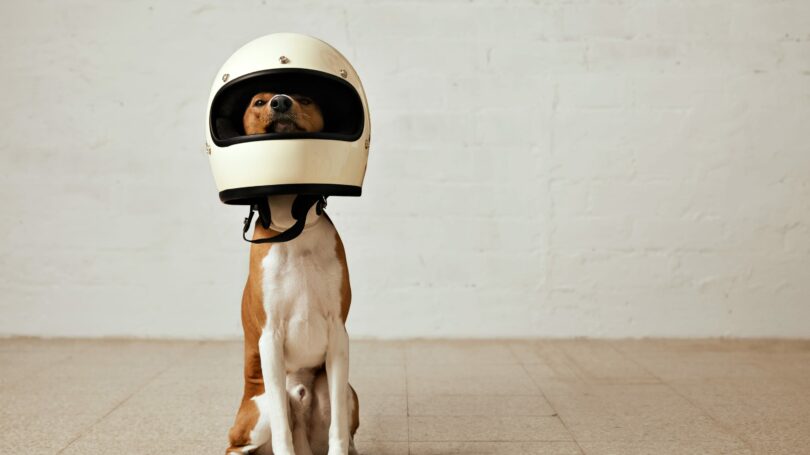
Often filed under the “hope you never need to use it” category is safety gear such as the helmets, shin guards, and other protective pads that come with playing sports, biking, or skiing. While it can be tempting to pick the least expensive option, especially if you’re always careful and haven’t had an accident, the repercussions of skimping on these items can be catastrophic.
For example, if you bike to work and don’t have a properly fitted helmet, it won’t do you much good if you take a tumble or are hit by a car. Even if you have a helmet that fits well, but it has protected your head in a fall before, it’s time to replace it. Helmets are only good for one impact; after that, the foam that protects your head isn’t strong enough to withstand another impact.
A relative of mine was hit by a car while riding his bike about a decade ago, and the trauma surgeon said his helmet probably saved his life and definitely protected him from brain damage. The helmet in question still looked fine on the outside, but he thanked it for its service, tossed it, and replaced it with a newer model by the same manufacturer. When it comes to protecting your noggin, it’s worth it to pay for a good-fitting and well-reviewed helmet.
If you or your kids play sports that require padding, it’s important to pick gear that fits well. It doesn’t matter if it’s top-of-the-line; if it doesn’t protect the areas of the body it’s designed for because it doesn’t fit properly, the padding won’t do anybody any good. Buy quality, well-fitting equipment for whatever the sport is. Invest in the right padding, mouth guards, and other protective gear, and it could save you – physically and monetarily – in the long run.
Services
It can be hard to shell out a lot of money for repairs and services you’re pretty sure you could do yourself, and it’s even more annoying to pay for something that’s not very fun, such as going to the dentist. However, if you don’t have the time or inclination, or if you don’t have the DIY skills to tackle a certain task, don’t skip these services just because you’re pinching pennies.
5. Car Repairs & Maintenance
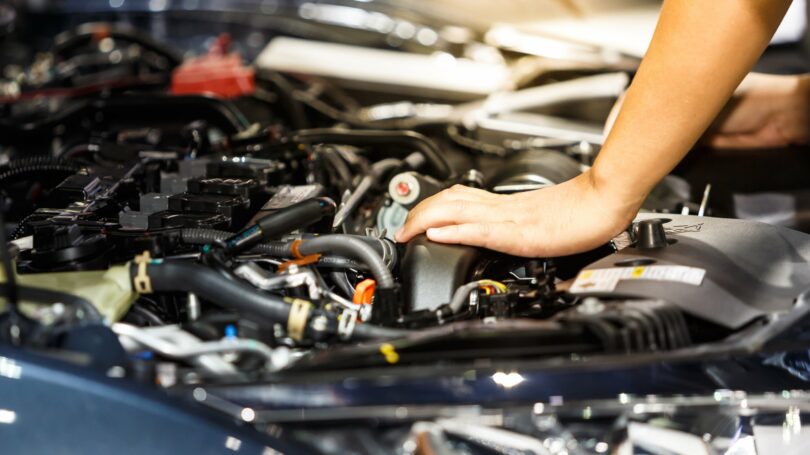
If you’ve ever heard a weird noise from under the hood and hoped it would go away on its own, you’re not alone. However, skimping on car repairs is a seriously bad idea. It’s better to fix an issue – or at least have it diagnosed so you know what you’re dealing with – before it renders your car undrivable. At the very least, you’ll save yourself the cost of towing your vehicle to your mechanic when it breaks down entirely and won’t budge from the side of the road.
There may be something simple wrong with your vehicle, such as a weak valve spring, that’s relatively low-cost and easy to repair if it’s fixed promptly. But if you let it go and the valve spring breaks completely, it will cause serious damage to nearby parts of the engine, which will be much more costly than replacing a simple spring replacement.
If you’re in the habit of waiting too long to get an oil change or have your brake pads replaced, that can also cost you more money over time. If you continue to drive your car without regular oil changes, it will start to run out of oil to lubricate parts of the engine, which means these parts will get too hot. This, in turn, will make your engine run less efficiently, which is harder on the car and requires more gas. Eventually, the engine parts will start to wear out, and in the worst-case scenario, the entire engine will shut down and have to be replaced.
Suddenly a simple oil change doesn’t sound too pricey, does it?
Keeping on top of basic car maintenance is a necessary part of owning a vehicle, but it’s almost always less expensive to plan and save for these costs than to have to shell out unexpectedly for a major repair because you were a cheap and neglectful car owner.
6. Car Insurance
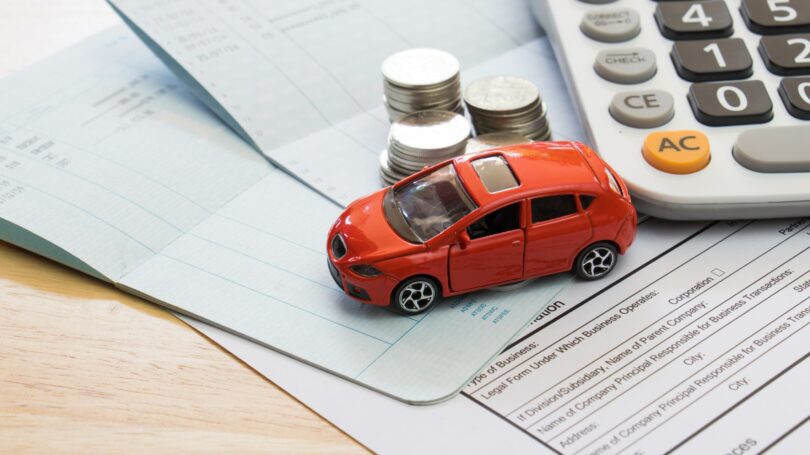
If you own a car, you must have car insurance in almost every state in the country. The legal requirements vary from state to state; for instance, New Hampshire only requires car owners to prove they’re “financially responsible” in the event of an accident. But whatever your state requires, it’s rarely the best financial decision to sign up for the legal minimum amount of car insurance.
Skimping on your car insurance policy can be quite expensive if you’re in an accident, even if the accident isn’t your fault. For instance, the driver of the other vehicle may not have car insurance. Even though this is illegal in many states, it still happens, and in such a case, you may need to file a claim with your insurance company to cover the cost of repairs to your vehicle. If you’re not at fault, but the other driver flees the scene of the accident, you may need to rely on your insurance company to get your car back in working order.
If you’re in a car accident and you are the driver at fault, you may find yourself on the hook for the cost of repairs beyond what your insurance will cover. For example, if you have only the minimum coverage required – which, in some states, is as low as $10,000 – you may be personally responsible for paying the rest of the cost for the other driver’s vehicle, especially if it’s badly damaged or totaled. Considering that the average cost of a new vehicle in March 2018 was over $35,000, having the minimum coverage isn’t such a bargain, after all.
There are ways to lower your car insurance that don’t rely on dropping coverage or cutting it down to the bare minimum. Familiarize yourself with these tactics rather than putting yourself at risk for a huge unexpected expense down the line.
7. Dental Care
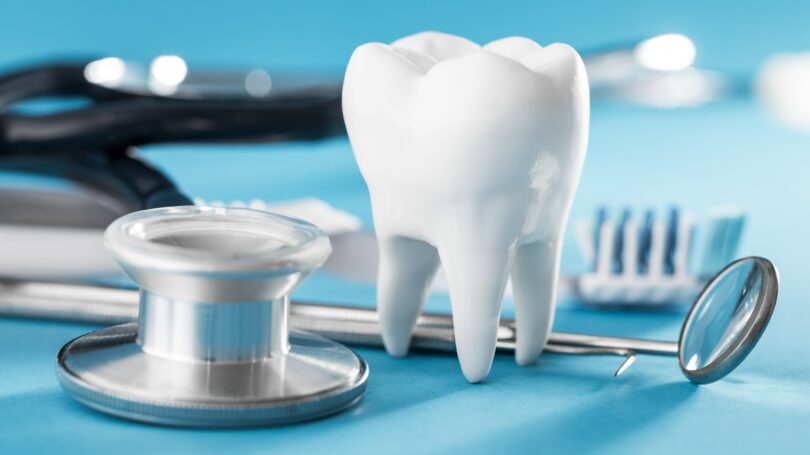
Just as with car repairs, it’s often much less expensive to address any dental issues as soon as you notice them rather than simply hoping they’ll go away. It’s also always better to stay on top of routine maintenance – in this case, brushing and flossing regularly and going to the dentist every six months for a cleaning and checkup – than to pay for years of neglect.
A small cavity can be a simple fix, but if left untreated, it could develop into a huge problem. Once that cavity eats through the tooth’s enamel, it will make its way to the nerve in the center of the tooth, at which point, you’ll need a root canal to fix the problem. When the rot hits the root, tooth decay also becomes infinitely more painful.
The average cost to get a cavity filled can vary from $100 to $400 per tooth. In comparison, a root canal can range from $800 to $1,000, depending on which tooth it is – and that doesn’t count the follow-up treatment, such as the crown to cover the tooth once the root is extracted. In addition to being just plain painful, root canals are often painfully more expensive than getting a regular filling or simply taking care of your teeth.
Beyond caring for your teeth and filling cavities, dentists help ensure that oral cancer doesn’t go undiagnosed and untreated. The American Cancer Society estimates that over 50,000 people each year develop oral cancer, which includes cancers of the tongue, tonsils, and gums. Undiagnosed cancer is astronomically more expensive and painful than a simple regular dental cleaning and checkup. Even if you don’t have dental insurance, don’t skimp when it comes to taking care of your teeth.
8. Home Repairs
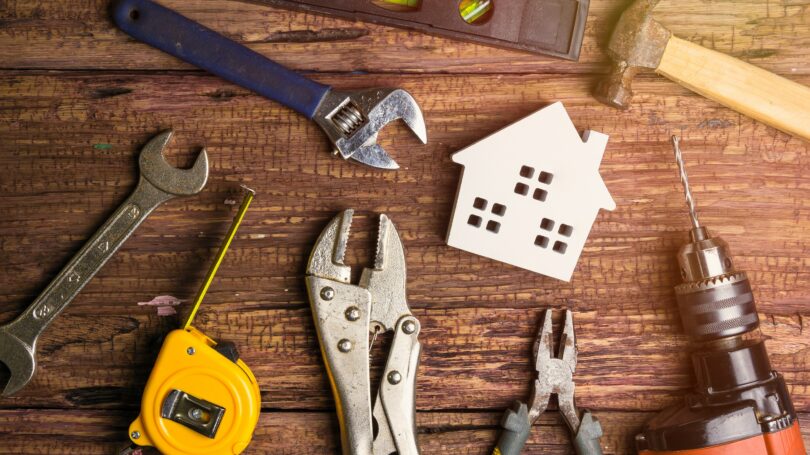
The thrill of homeownership can quickly dissipate when you have to spend a Saturday on home maintenance, such as cleaning out gutters or dealing with a leaky pipe. However, skipping these tasks can lead to huge repair costs down the line.
Gutters, for example, are designed to carry rainwater off your roof and away from the foundation of your house. If your gutters are too clogged with leaves and debris to do this task, water will instead flow anywhere it can, including into your house at the roofline, directly to the foundation, or into a lower level of the house. Spending a week pulling wet drywall out of the basement and replacing carpeting is way more expensive than occasionally cleaning – or paying someone else to clean – your gutters.
If you take the less expensive option with a home repair, many times, you’ll pay for it in the long run. For example, an electrical issue could be downright dangerous to ignore or try to repair yourself. Unless you’re an experienced electrician, it can be difficult to know which wires are live, how they’re connected, and if you’re handling a repair according to building codes.
Some repairs require a permit, which can be hard to know about and even harder to get if you’re not a professional electrician. If you ever try to sell your house and your wiring isn’t up to code, it could jeopardize your ability to sell without requiring a costly update. Finally, a loose electrical connection could cause wires to catch fire and burn; faulty wiring is a common cause of home electrical fires.
When it comes to the roof over your head and the safety of your loved ones, it’s not worth it to try to save a few hundred bucks by ignoring routine maintenance or DIYing something that’s better left to the professionals.
Final Word
It can be tempting to choose the least-expensive option for whatever you’re purchasing, but sometimes, this practice can be penny wise but pound foolish. And while there are some things you should always buy used and some for which it doesn’t matter, there are definitely items you should buy brand-new and straight off the assembly line. When it comes to your safety and the protection and well-being of those you love, it’s always better to be safe than sorry.
What do you always buy secondhand, and what do you insist on buying new? What products or services have you skimped on and later regretted?